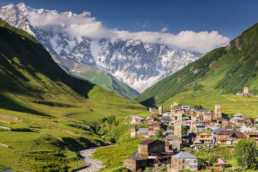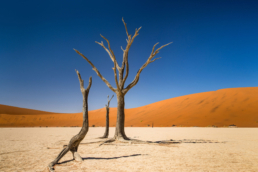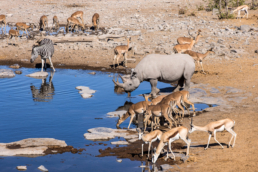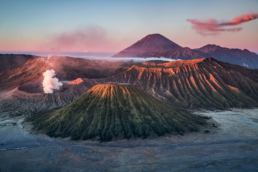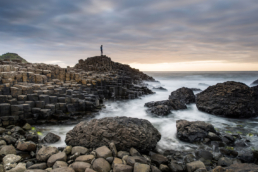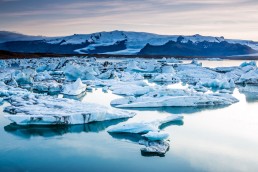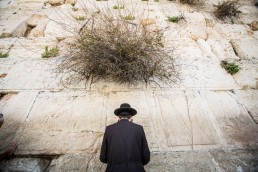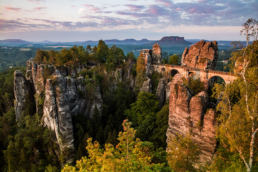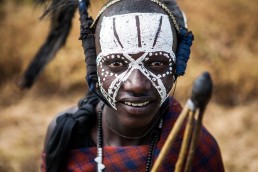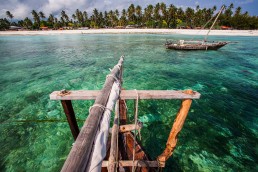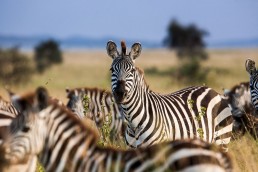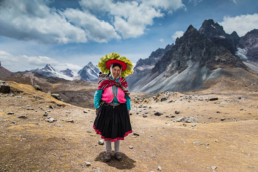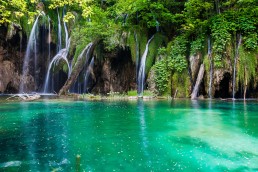
Chile is a land of true extremes. From the empty and vast, isolated northern Atacama desert with cone shaped, snow capped volcanoes and moonlike landscapes, to the lush wine valley of central Chile and the rugged, southern part of the country and Patagonia with its iconic peaks; Chile has it all and is truly a photographer’s paradise. There’s also the tropical, Polynesian island of Hanga Roa, also known as Easter Island which I cover in this separate post.
The Atacama desert
After visiting Bolivia, I entered Chile through San Pedro de Atacama to explore the Atacama desert region. My first stop was the lagoons near Chaxas, where you can see the semi-active volcanic mountain range that separates Bolivia and Chile. Flamingos roam around freely, feeding themselves from the fertile base of the lagoon.
Closer to the border with Argentina, the landscape becomes even more barren at Salar de Talar and the red rocks of Piedras Rojas. The drive to get to this remote place is worthwhile and you’re lucky if you pass 3 cars along the way. As you approach the Salar, you reach an altitude of 4000 meters where the temperatures significantly drop. Once there, you’re rewarded with the red rock formations and the turquoise colored lakes of the salt flats.
My last stop in the Atacama desert was the Valle de la Luna, the Moon Valley in English. Think of huge rock formations, massive sand dunes and impressive views over the volcanoes at sunset. Indeed it felt like you were on the moon. Arrive very early to avoid the crowds…and HEAT.
For an exact location where the photo was taken, you can save the photo or hover over it.

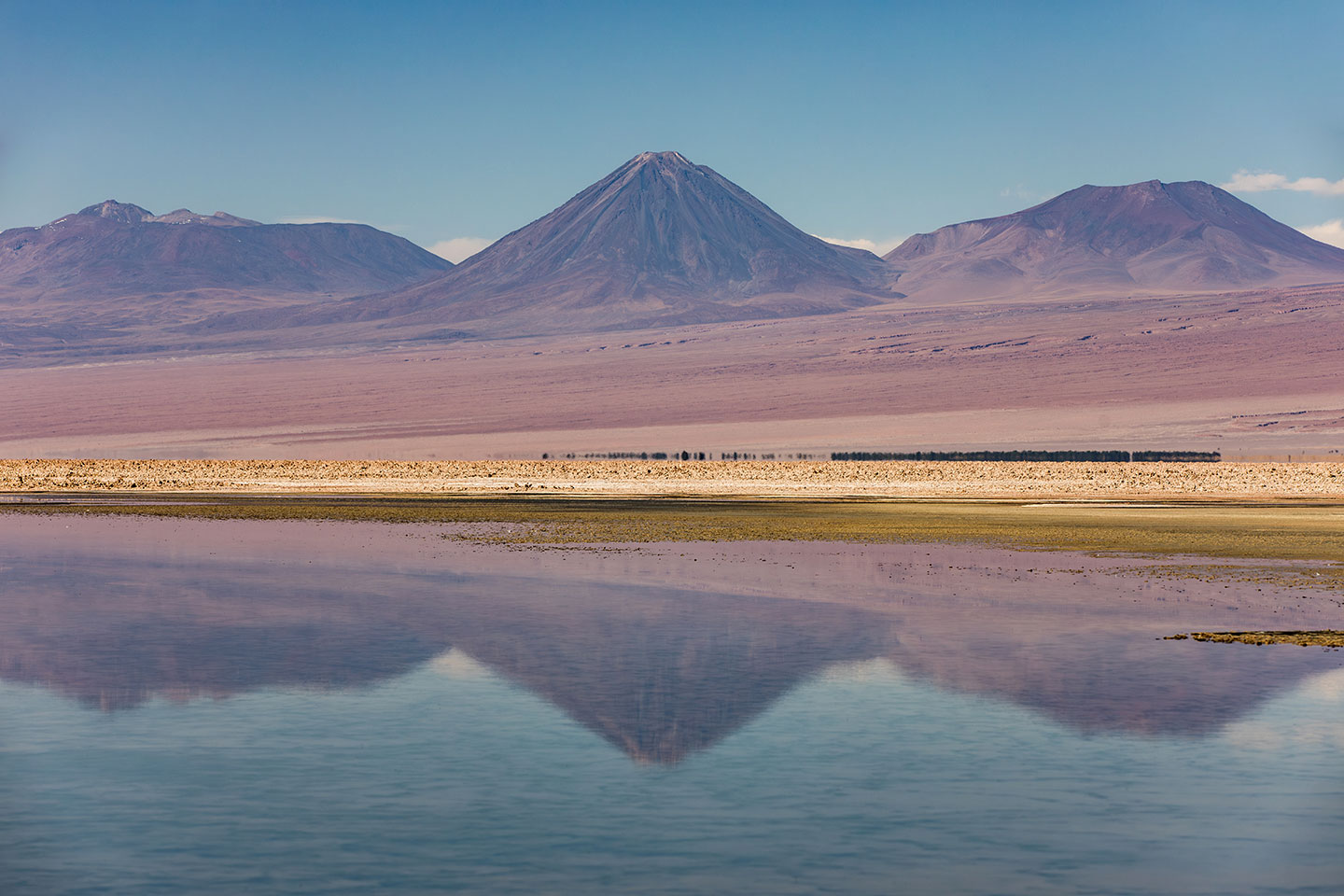














Torres del Paine National Park and the W-Trek
Located in the south of Chile, lies the famous region of Patagonia. The views all around are spectacular whether you explore by car or by hiking its many trails. One hike that I recommend is the W-trek at Torres del Paine National Park, named from the trail that forms a ‘W’ on the map. This five-day 50 mile (80 km) hike is strenuous, but you meet a lot of like minded people on the way and it’s the perfect way to explore the beauty of this part of Patagonia. You hike through different types of landscapes, cross hanging bridges and get the chance to see glaciers up close. After the hike, I decided to spend some extra days in the national park to explore more of the beauty of the area, and I am so glad I did. It allowed me to discover all the beauty this area boasts, and I even got to see wild pumas on the hunt for a guanaco.
The views in the morning over the Cuernos mountains as the sunlight first hit the peaks is something I will never forget. So my tip would be for anyone doing the W-trek: make sure to not just do the trek, but base yourself in the nearby accommodations around Lake Pehoe. Sure, it’s a bit expensive, but you get to explore more of the park and see lakes like Lake Nordenskjöld, the Salto Grande Waterfalls.






































Lauca National Park: Epic volcano views in the north of Chile
Chile is so vast, that it’s hard to cover the entire country. In fact, it’s one of the longest countries in the world and the distances are immense. So from Patagonia, I got on a plane to Arica, the last settlement before you hit Peru. This coastal town is a great place to relax for a few days and watch the many birds on the rocky coastline. Arica is also the starting point for a fun road trip into the mountains, ending at Lauca National Park. From red desert rocks, green moss formations on rocks to wild alpacas, viscachas (a rodent closely related to chinchillas), and flamingos roaming this desert, this place is truly spectacular. The volcanos in this park are picture perfect with their symmetric cone shapes and snow on the top.













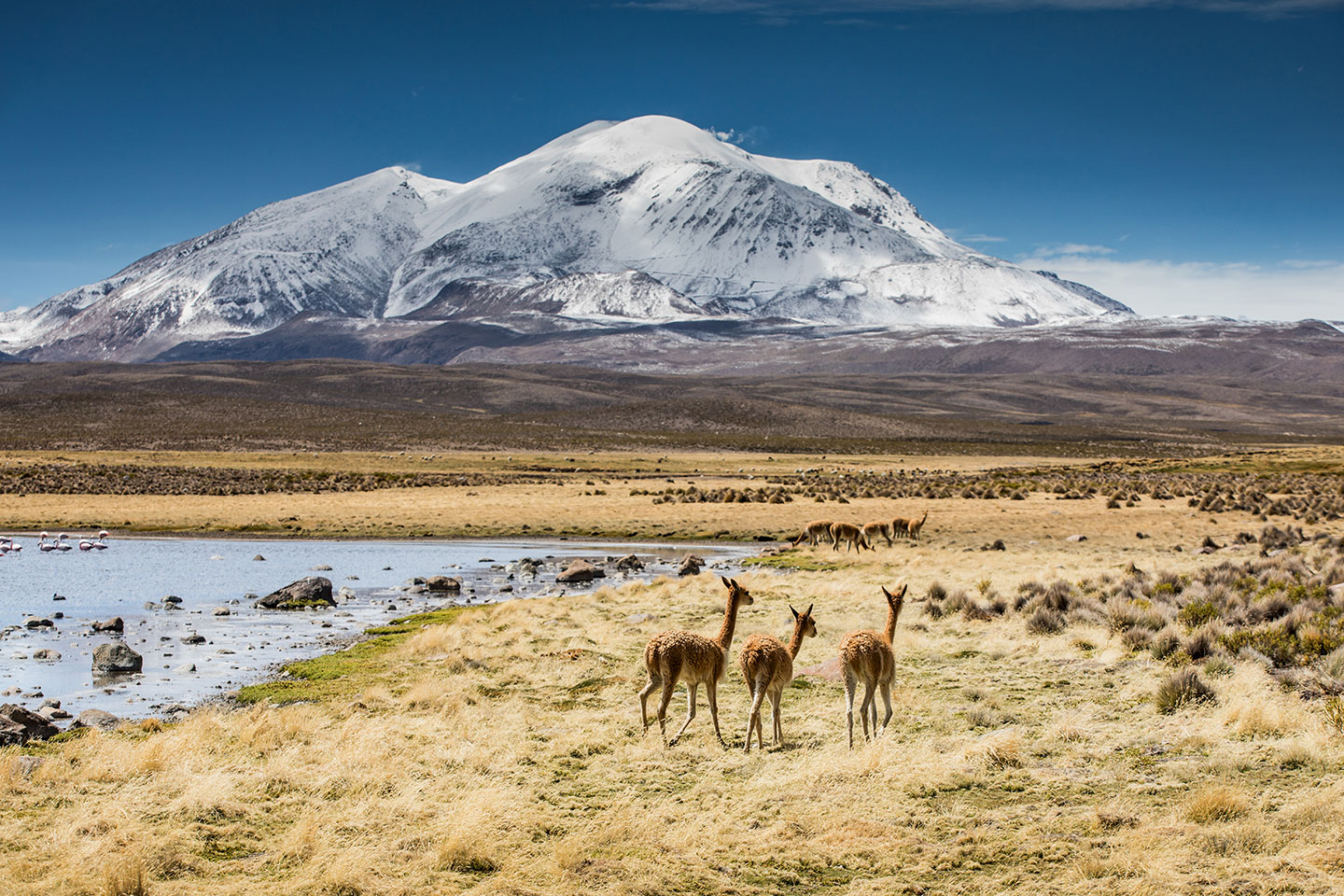

I finished my trip in Chile with a trip to Easter Island, the world’s most remote inhabited place. Here, Moai statues are dotted all over the island, truly one of a kind and with a unique history and a place I had always wanted to go see. You can see the photos of that part of my trip in this post. Top this off with tropical beaches, a dormant volcano and Polynesian vibes, it really was a great way to end an amazing trip to Chile!

